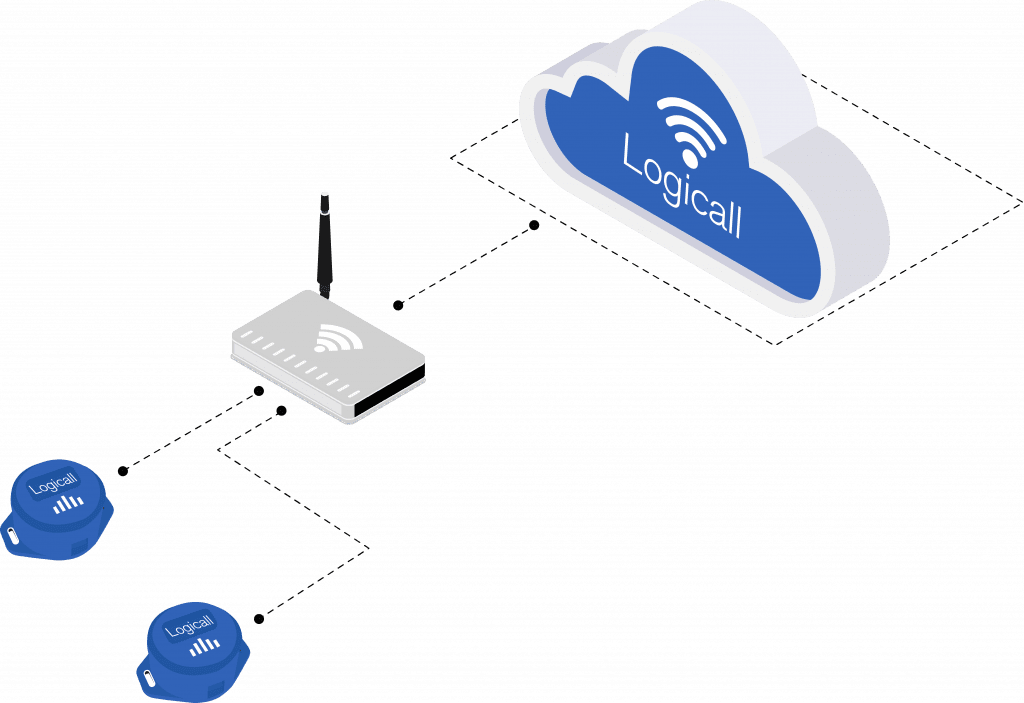The Evolution of Temperature Tracking: From Luxury to Necessity
In the not-so-distant past, temperature monitoring was seen as a privilege, an added advantage for those who could afford it. Today, the narrative has shifted. From bustling restaurants and schools to busy pharmacies and sprawling supermarkets, there’s an imperative need to ensure temperature control and adhere to compliance standards.
The Traditional Route: Simplicity With Shortcomings
On the face of it, manual temperature tracking seems straightforward: conduct periodic checks and jot down the readings. But scratch beneath the surface, and the cracks appear. Such routine checks are not just tedious but fraught with errors. There’s also the looming risk of these critical tasks being sidetracked or missed.
Enter Remote Monitoring: The Modern-Day Sentinel
Remote temperature sensors and data loggers have revolutionised the way we approach temperature monitoring. These vigilant guardians tirelessly monitor your cold storage units around the clock. What’s more, they meticulously archive this data, ensuring you always have a compliance-ready record.
Why Make the Switch? Beyond Just Monitoring
While manual checks have their merits, wireless monitoring systems bring a lot more to the table:
- Audit Trails at a Click: No more rummaging through heaps of logs. Retrieve any data with ease.
- Reliability and Traceability: Elevate the trustworthiness of your products.
- Enhanced Quality Control: Consistent temperatures mean consistent quality.
- Minimised Stock Losses: Early alerts can prevent significant stock wastage.
- Lifetime Data Storage: Say goodbye to overflowing record rooms.
- Empower Your Staff: Redirect your team’s time to more pressing tasks.
- Cut Down on Costs: Potential to slash running costs by up to 65%.
Besides offering a real-time temperature readout, these systems come equipped with alerts, flagging any irregularities or potential failures. A malfunction, if unchecked, can snowball into a major crisis, causing stock losses and hitting revenue streams.
Moreover, the power of data analysis cannot be overstated. By understanding the temperature patterns of your storage units, minor tweaks can lead to significant savings on energy bills. And speaking of savings, consider this: manual checks, even if conducted only twice a day, can cost an establishment upwards of £1500 annually.
The Investment: Value Beyond the Price Tag
With monthly rates starting as low as £15, wireless monitoring systems are not just an expenditure but an investment. Their value is not just in the hardware but in the peace of mind they offer, the pitfalls they prevent, and the efficiencies they introduce.
In Conclusion: Time to Make the Logical Leap
The merits of remote monitoring are manifold. Not only does it bring financial benefits and operational efficiencies, but it also assures consistent quality and regulatory compliance.
If you found this piece enlightening and wish to delve deeper into the world of wireless monitoring or data loggers, don’t hesitate to reach out. Embrace the future; make the ‘Logicall’ choice today.

